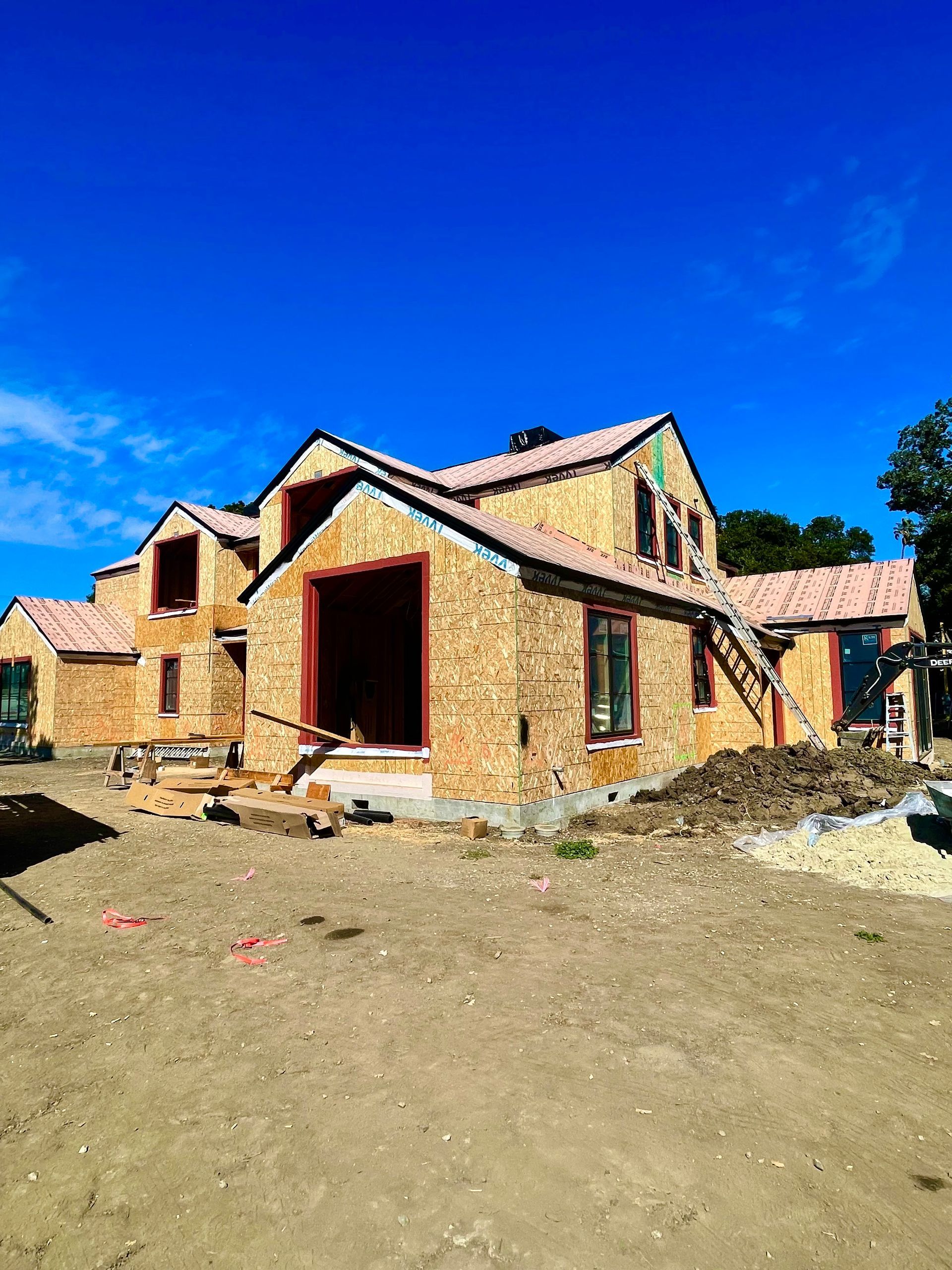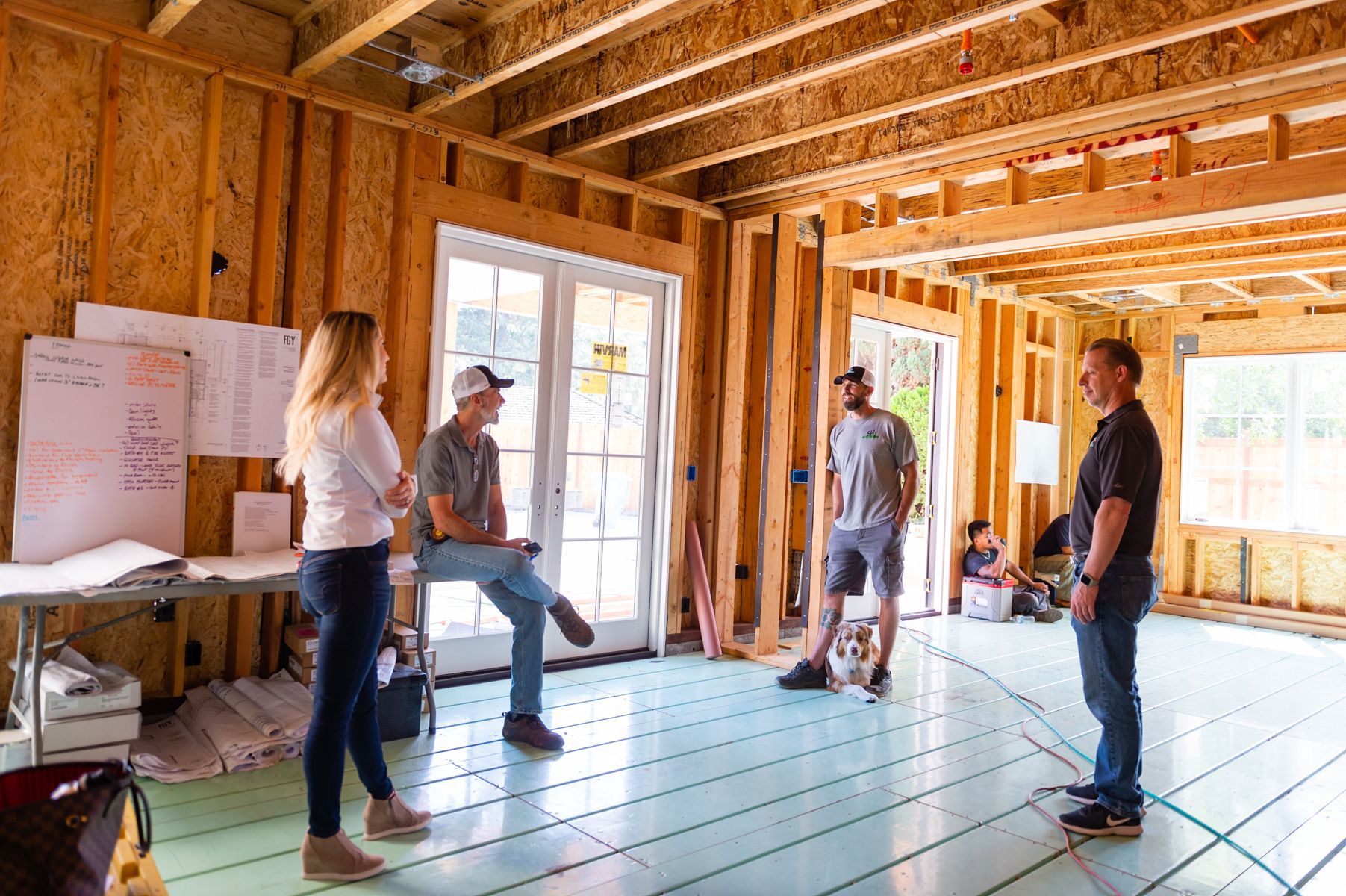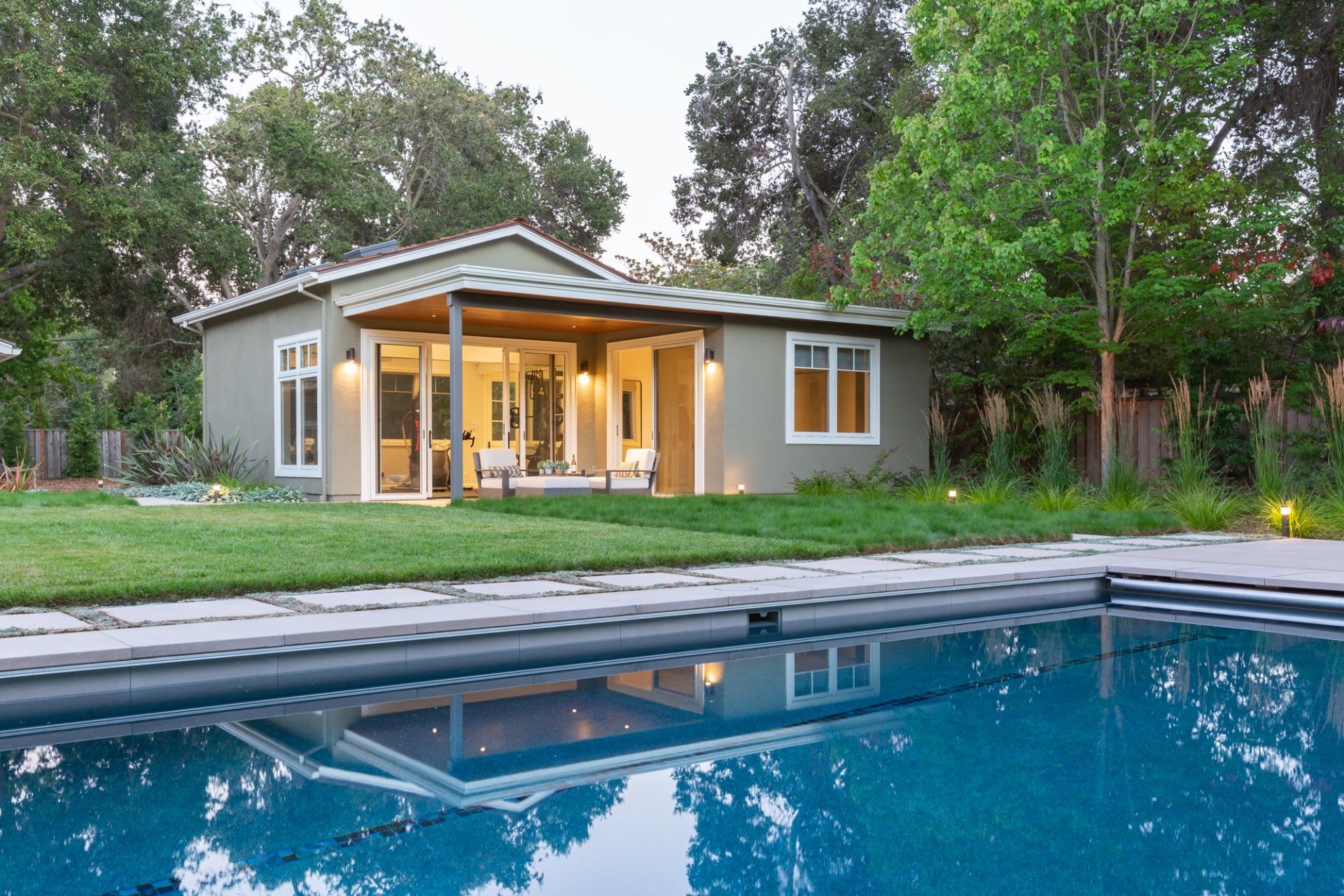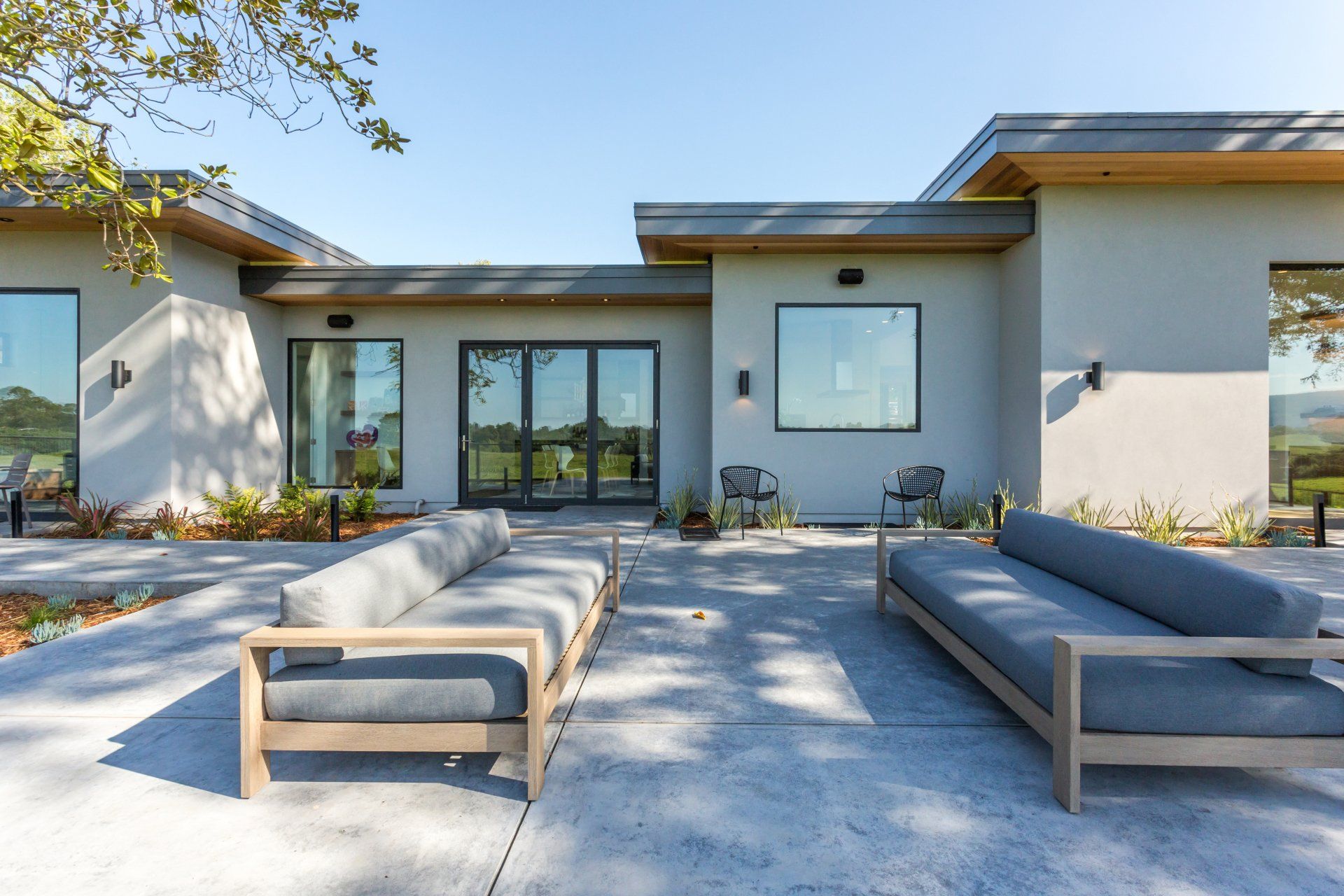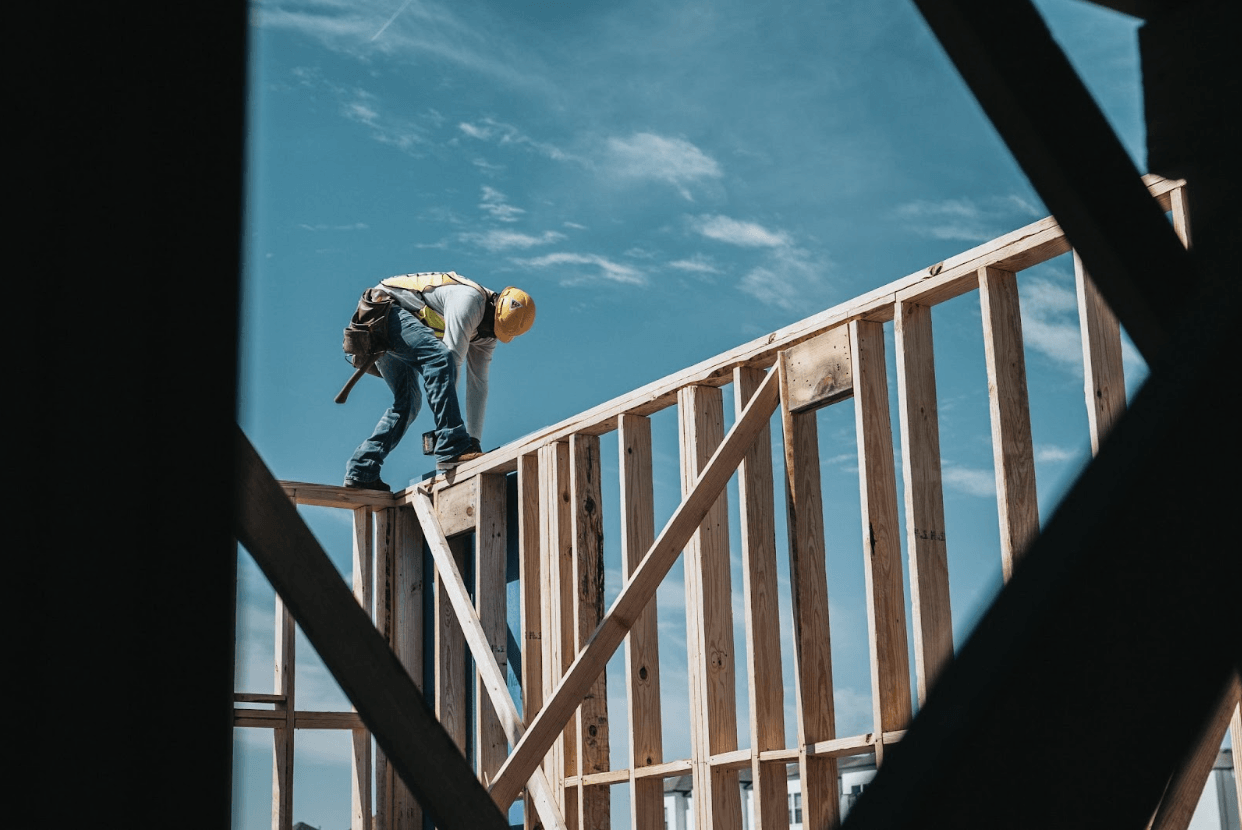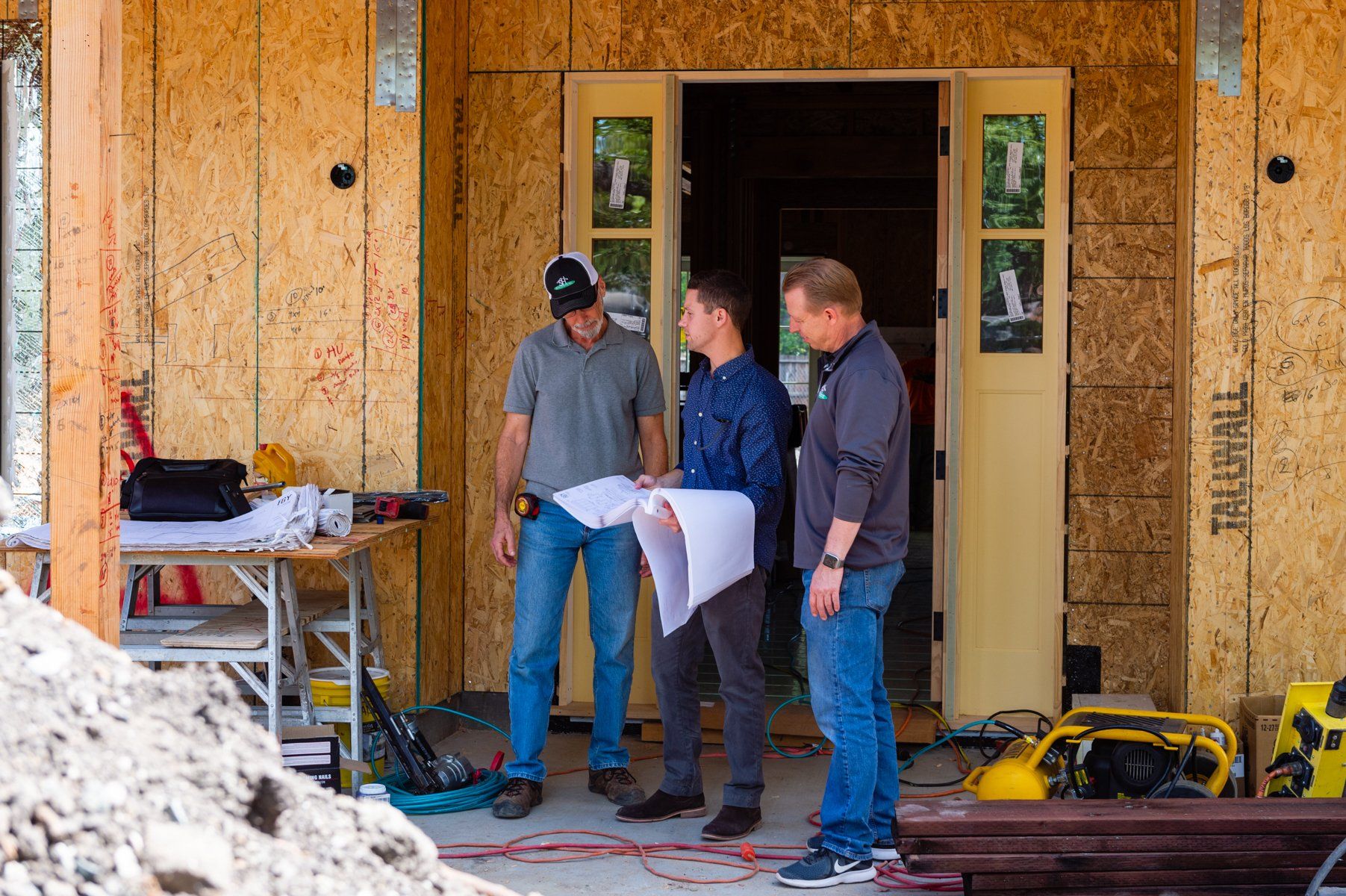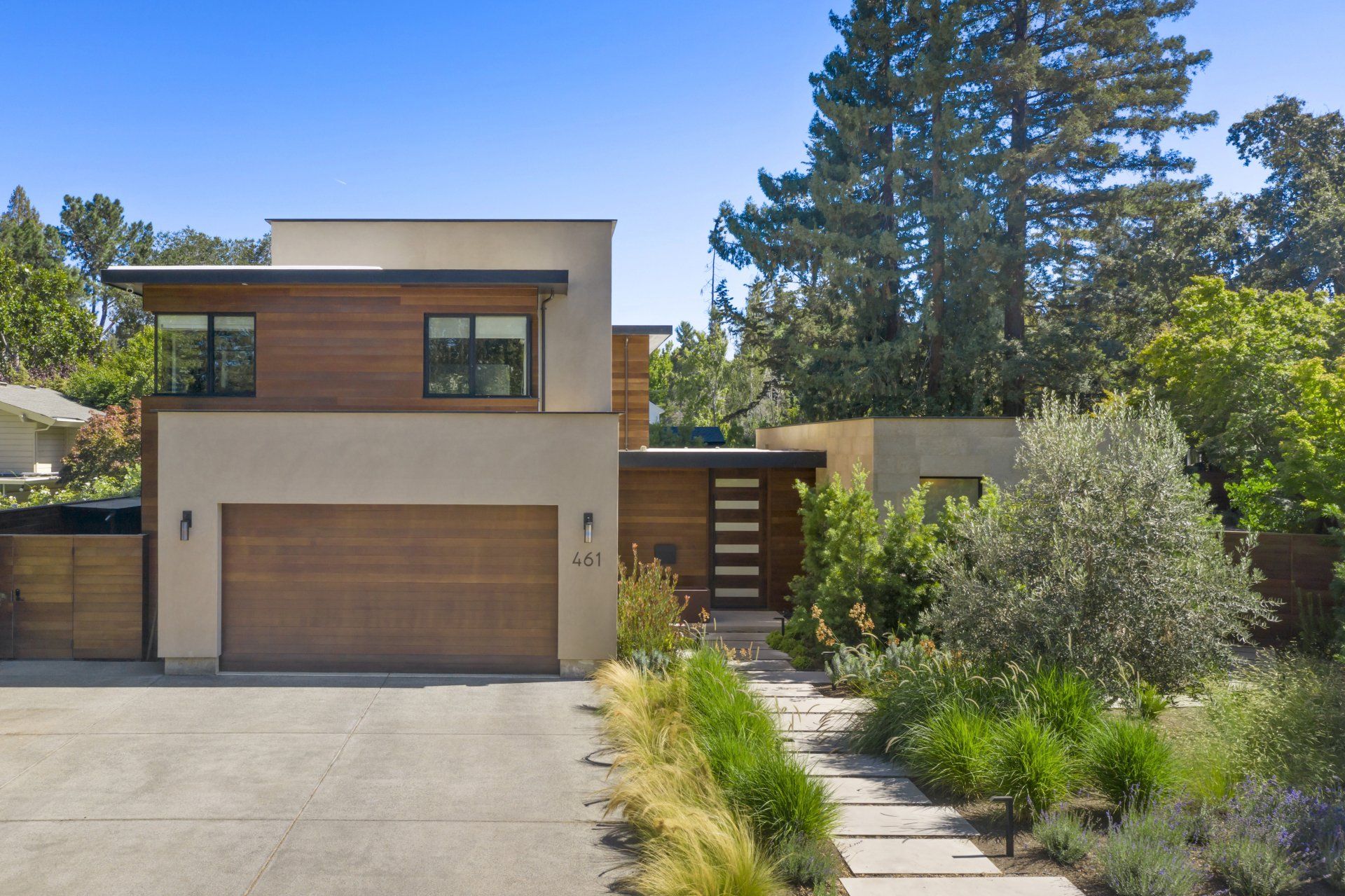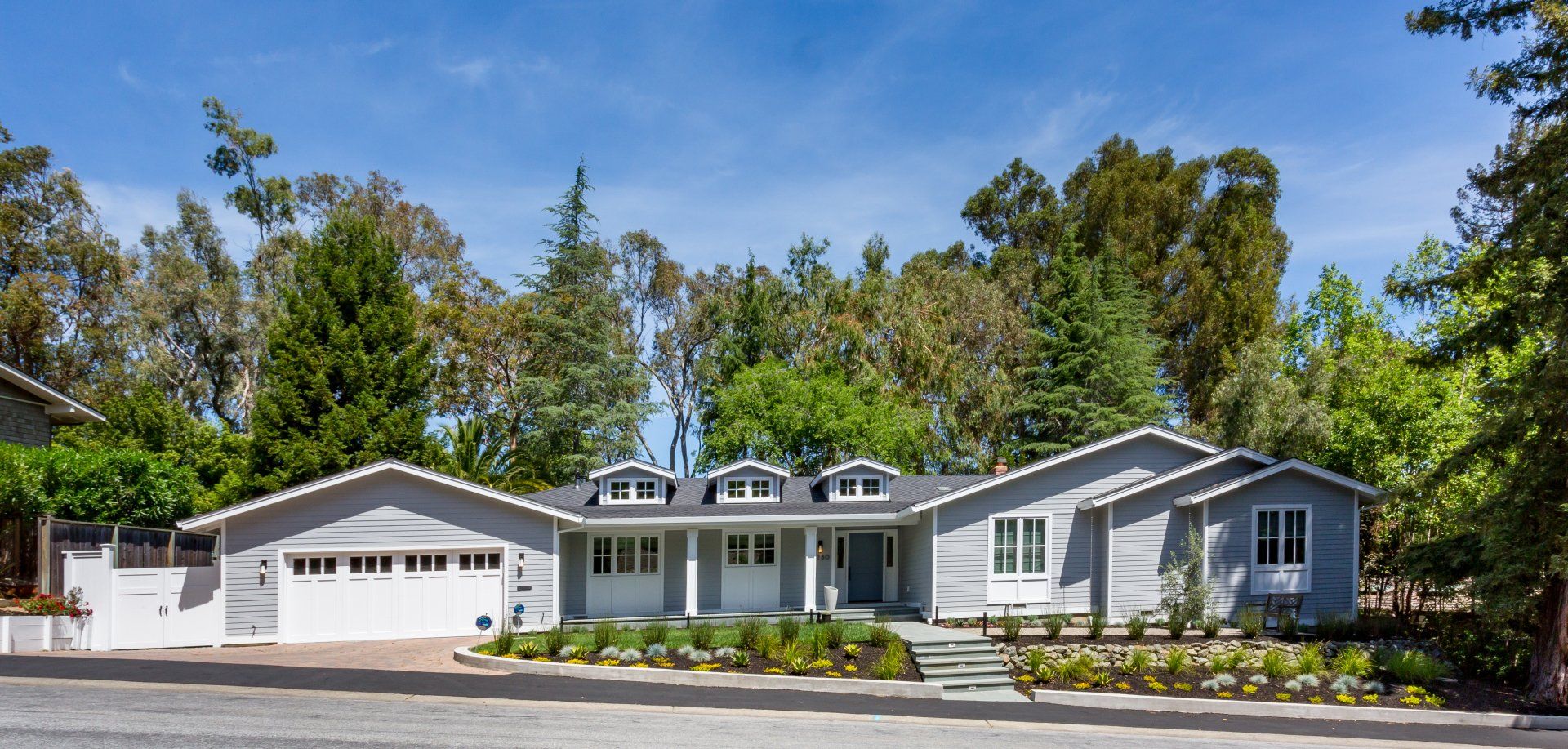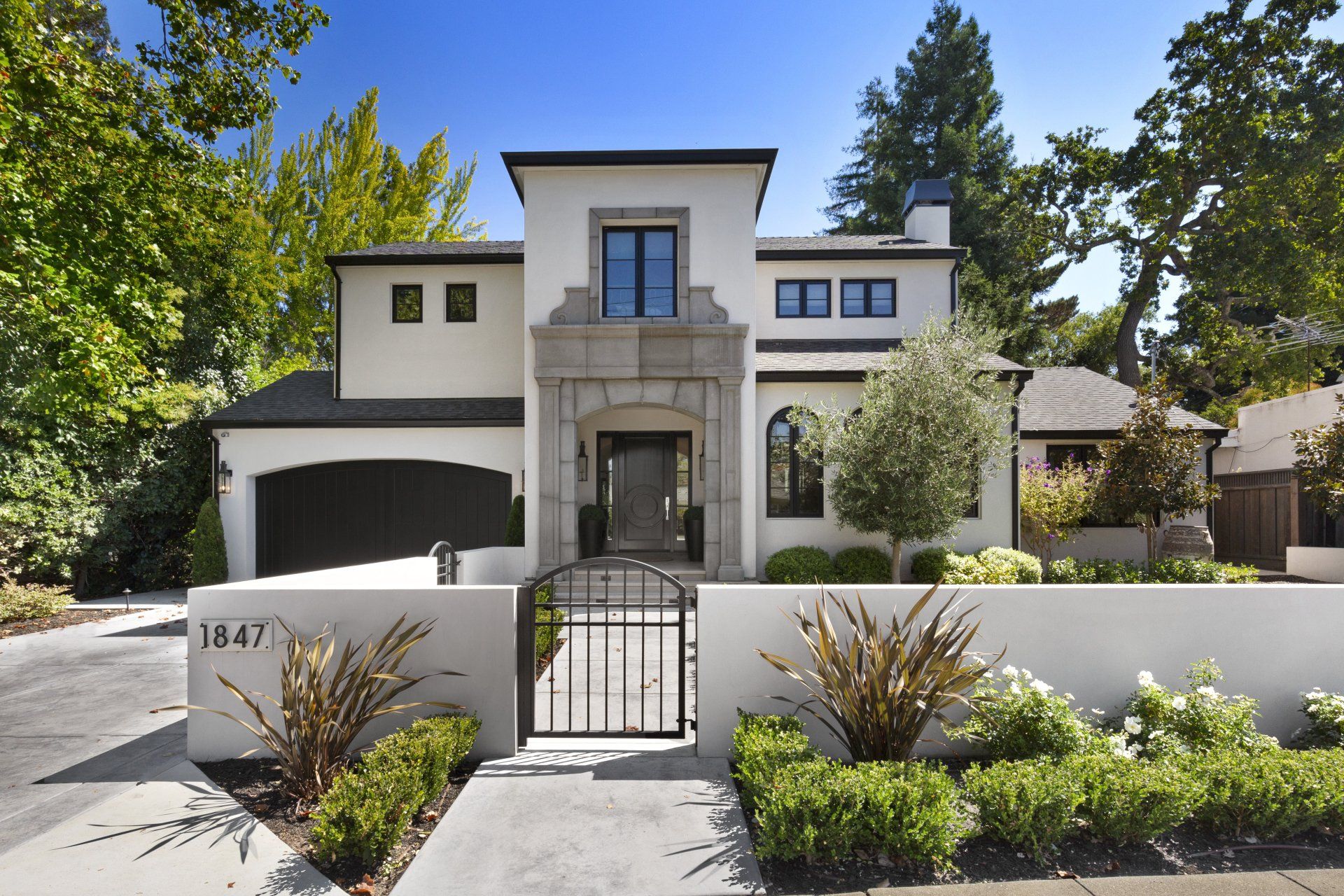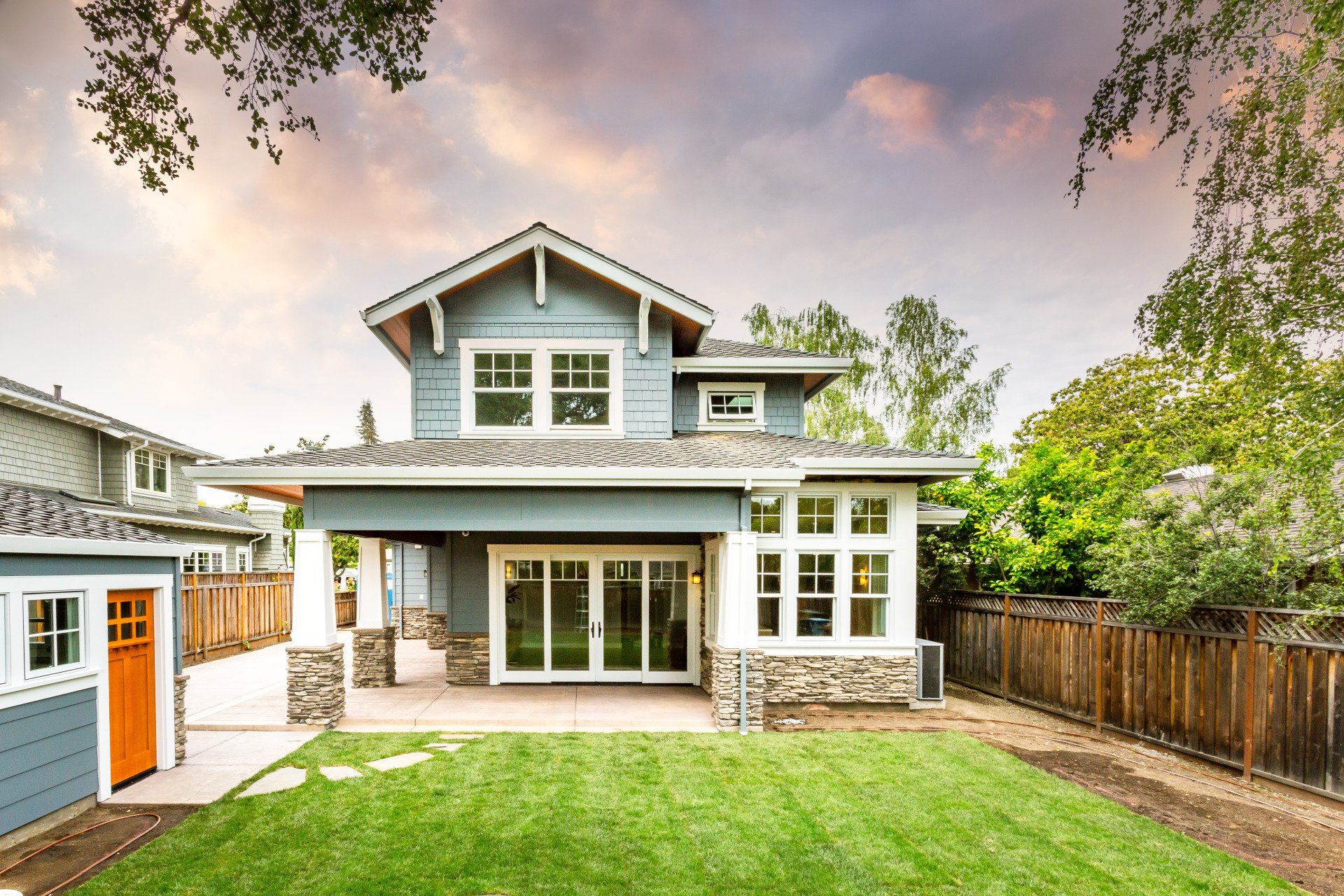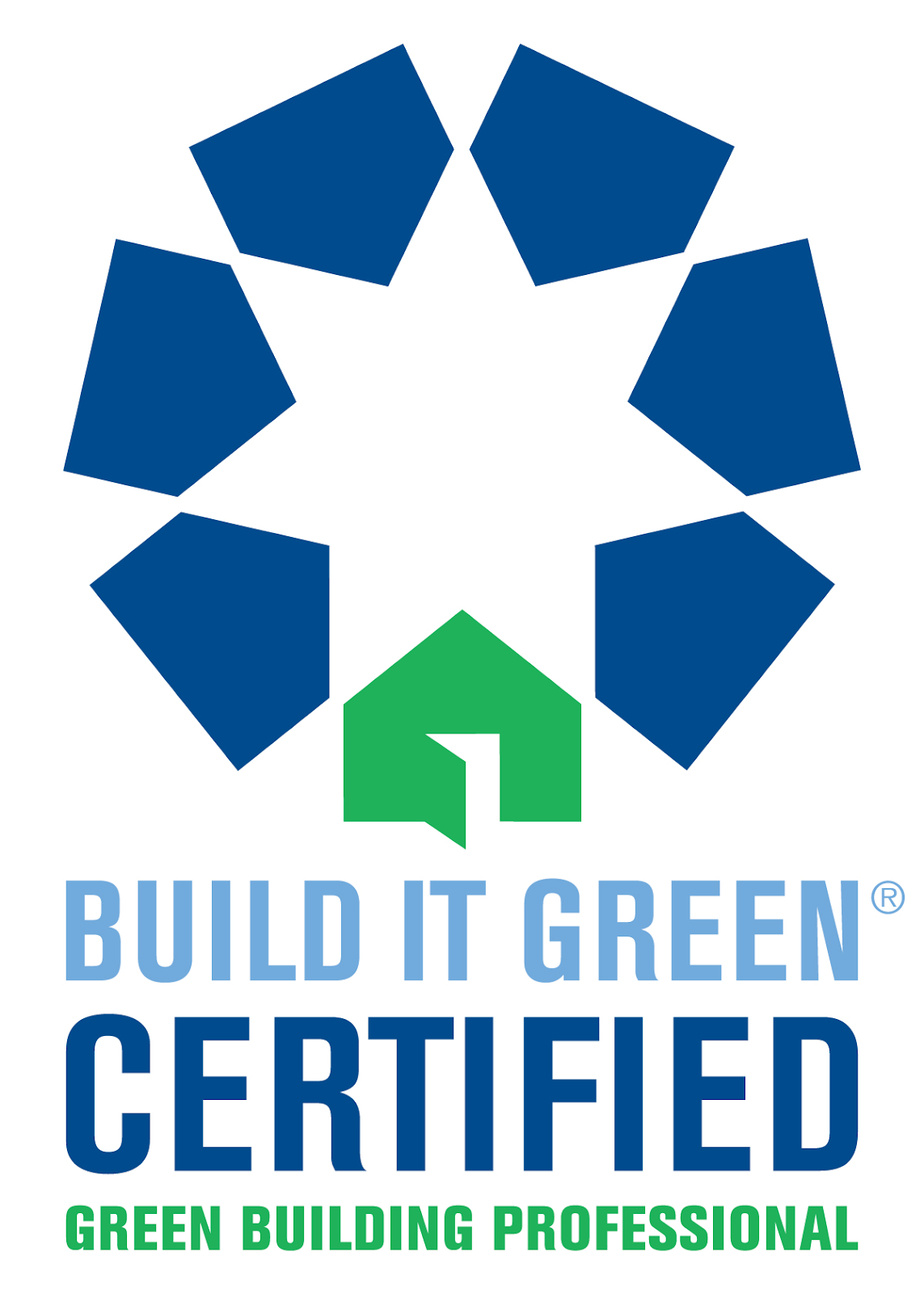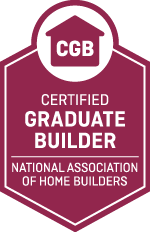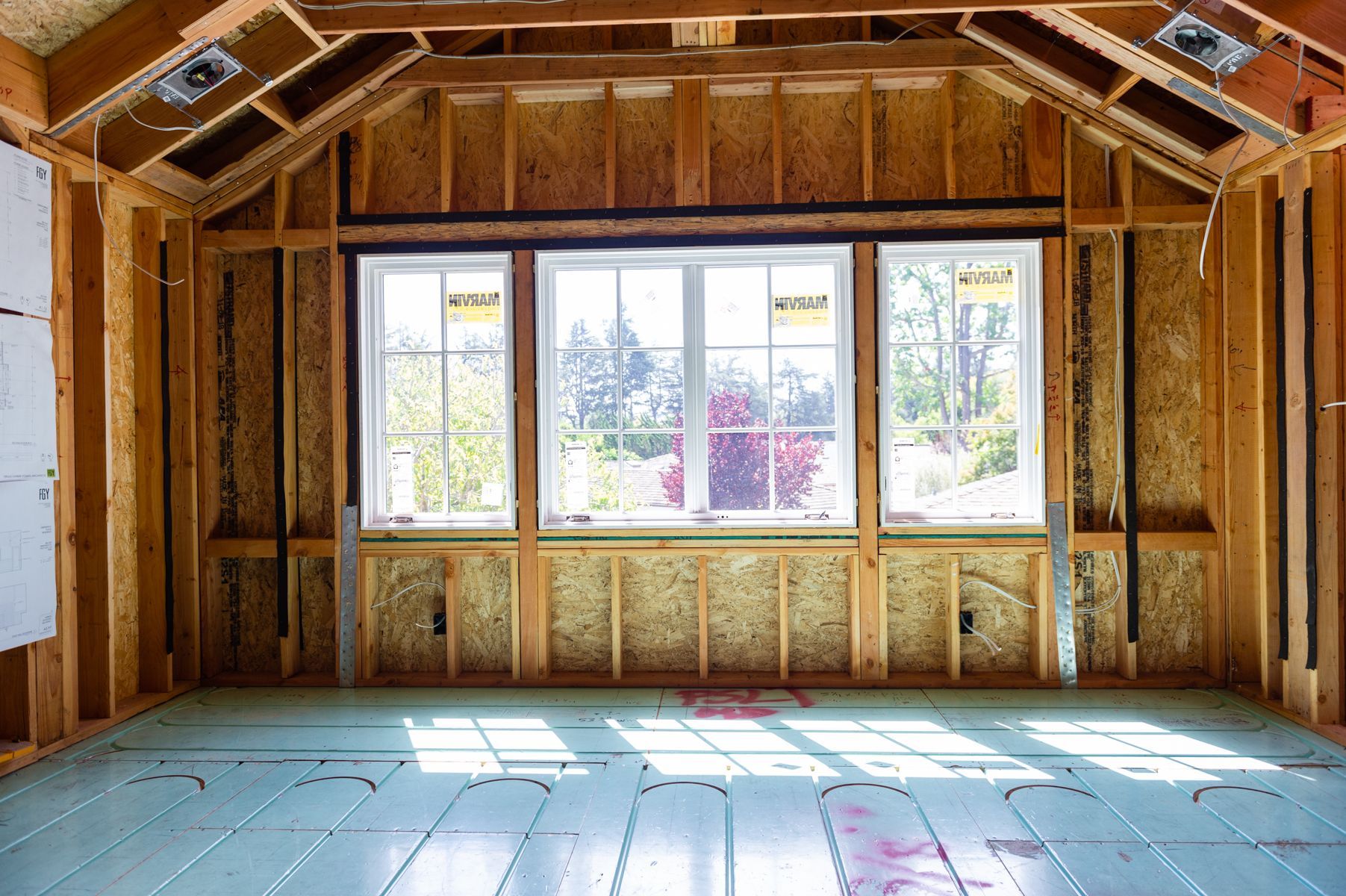How long have you been in business?
Supple Homes was founded in 2005. Before getting his general contractors license and starting the company, Sean Supple spent four years working for another contractor, moving up the ranks and learning the ins and outs of custom home construction in the Bay Area. Combining his passion and experience within construction, he decided to begin his own venture into the home building industry.
What type of projects have you built in the past?
Within the first years of starting the company, projects consisted of small renovations and remodels. In 2008, we were presented with our first opportunity to build a custom home from the ground up. Since then, Supple Homes’s team has expanded its portfolio and has built custom homes of all different styles:
- Spanish-style
- Traditional
- Ultra-modern
- Ranch-style
- Contemporary
- Full basements
Along with residential, Supple Homes has also added commercial projects to the mix:
- Office building tenant improvements
- School locker rooms
- Coach offices
Thus far, we have built luxury custom homes that range from 2,800-14,000 sq. ft. and have worked on home renovations as large as 11,000 sq. ft. We are always eager to take on new challenges, and we strive to stay up-to-date with the ever-evolving trends of home construction and design.
Supple Homes is also a Certified Green Builder, which demonstrates our commitment to incorporating green and sustainable building principles (indoor air quality, water, resource, and energy efficiency, etc.) into the homes we build. For more information, visit Build it Green.
Supple Homes is also a Certified Graduate Builder, having received certification from the National Association of Home Builders.
Have you worked in my town before?
If you are located in the San Francisco Bay Area Peninsula area, then yes! Aside from a couple of our projects in southern Santa Clara County or northern San Mateo County, we generally stay within the Mid-Peninsula towns of Palo Alto, Menlo Park, Atherton, Portola Valley, Woodside or Los Altos.
That being said, if you are not located within our work area, we are more than happy to recommend other custom home builders that service your area!
How big is your company?
Supple Homes is a tight-knit company with 10 team members currently on board. Along with providing work and customer service that goes above and beyond client expectations, it’s important that everyone on board embraces and thrives in our family-oriented work culture and presents themselves in ways that reflect Supple Homes’s core values.
Have a question we didn’t answer, or want to know more about how you can secure your very own luxury custom built home in the Bay Area? Talk to one of our experts!
